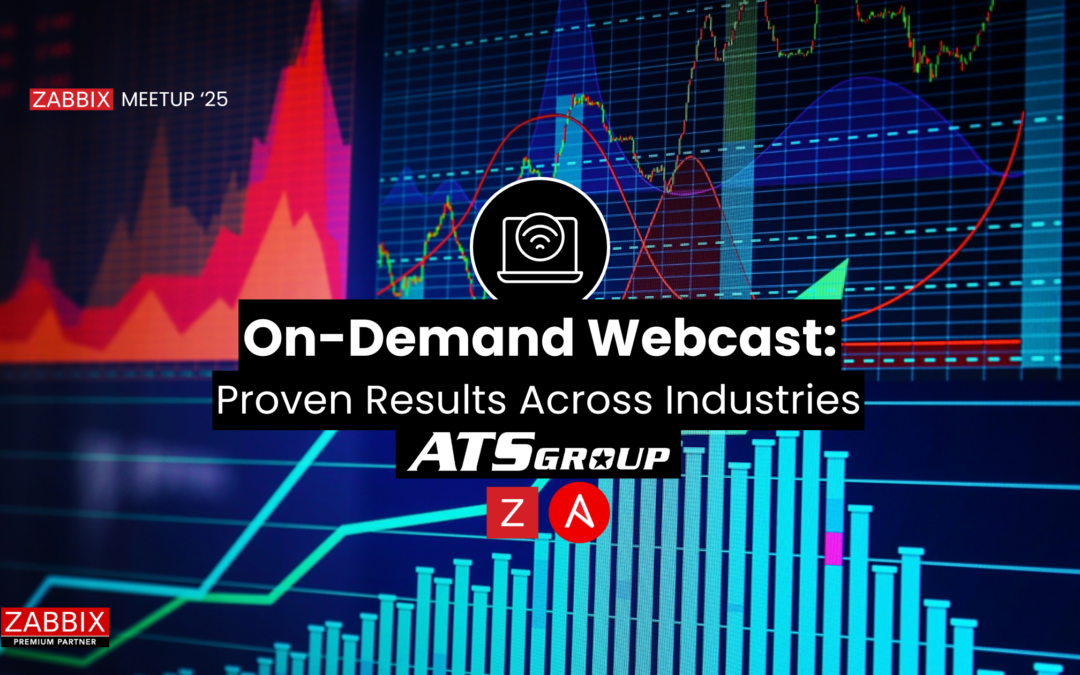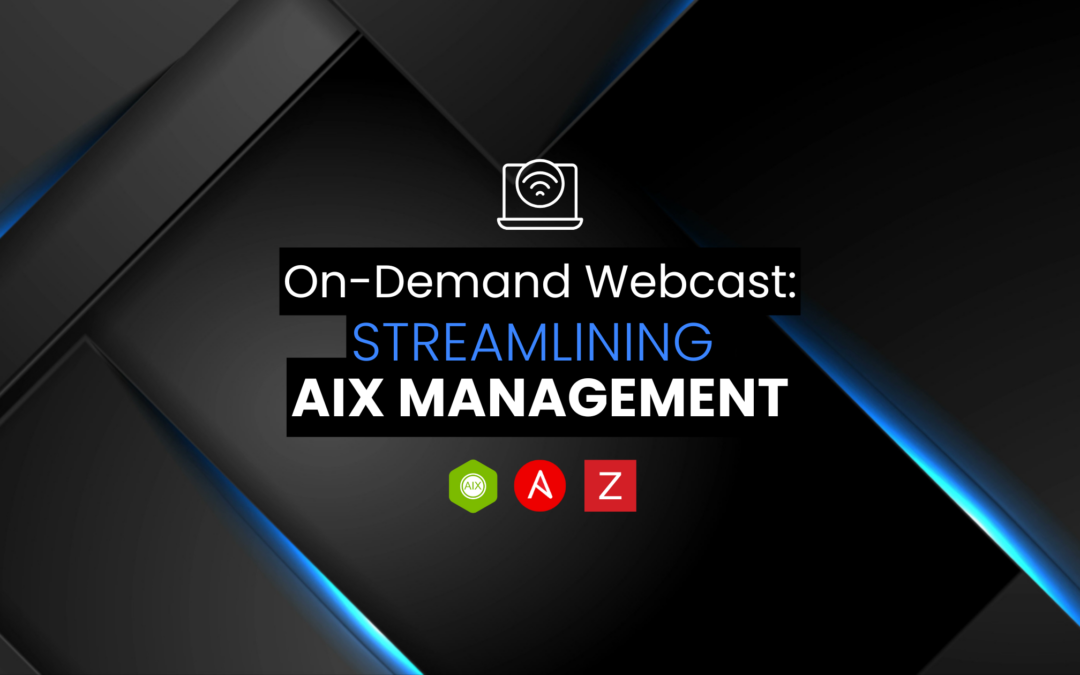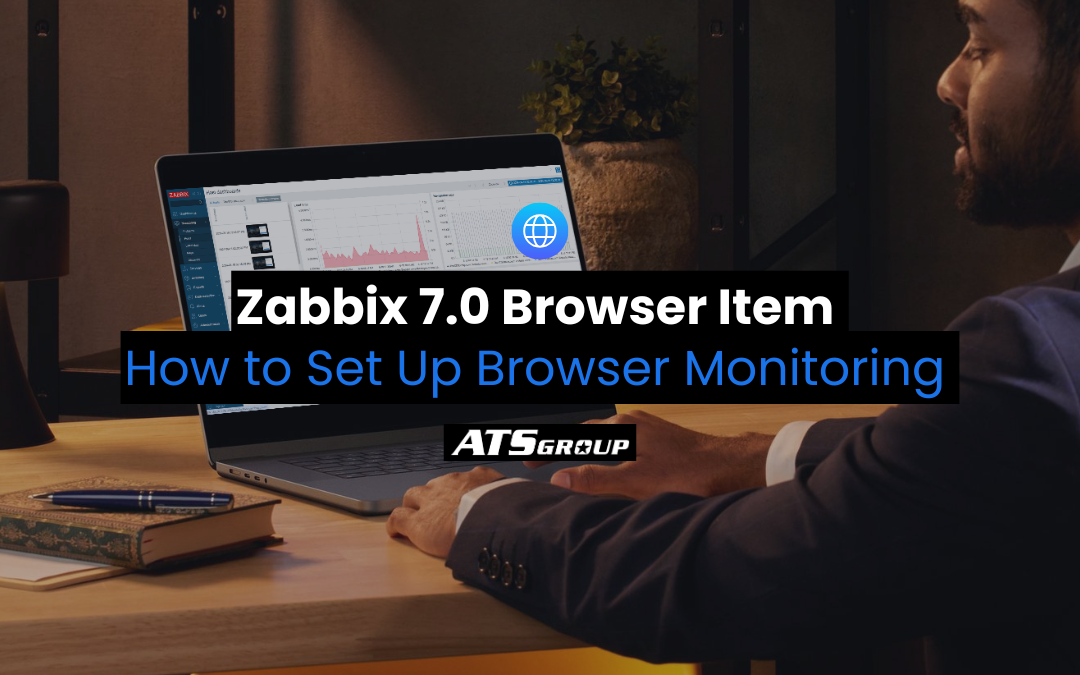Capacity management is a top priority for IT administrators… and for good reason. With all the different factors involved, it’s easy to see why managers want to keep a close eye on demand, available resources and the ways in which these are utilized.
Capacity management runs the stretch of the IT gamut, and lack of proper oversight has serious consequences. Inadequate planning and management can result in bottlenecks and unplanned downtime. On the other hand, over-provisioning can create unnecessary increases in technology spend and operating costs.
IT admins must strike a careful balance, ensuring that they have enough capacity to support the performance of their most critical assets without paying for more than they need. The ability to achieve this level of proper capacity management requires expert decision-making backed by the historical data-driven insights.
The five key steps of capacity management
Capacity management is key for operational uptime for day-to-day network activities, but is also integral for future planning and innovation initiatives such as server and data center consolidations, as well as mergers or acquisitions.
Modern enterprises must be able to proactively manage capacity, ensuring that computing resources and support are in place for current and predictive demand. However, many organizations lack comprehensive data visualization into their most key infrastructure systems (including servers, storage, systems, SAN, database and cloud environments) to enable efficient and successful management.
Follow these five key steps for capacity management and planning efforts to ensure operational excellence.
Step 1: Defining critical assets
To start, IT teams must first identify and define the hosts, servers and other connected systems that will be analyzed.
An infrastructure performance monitoring solution is a considerable advantage, offering an in-depth view into environment assets both on-prem and in the cloud. A proactive solution, like Galileo Performance Explorer, simplifies this process by enabling users to digitally tag and group specific IT assets, offering a holistic view of the capacity and performance levels being considered for planning and management.
With Galileo’s Tag Manager, administrators can classify assets according to specific search queries and customize the ways in which they view capacity levels across the infrastructure to reduce complexity and streamline decision-making.
Step 2: Leveraging baseline data and trends
In order to make accurate decisions about capacity needs, stakeholders require an in-depth understanding of current demands and how resources are leveraged across the infrastructure. This can easily be achieved by analyzing baseline infrastructure data during a specific timeline.
A performance monitoring tool that captures and stores deep, historical data is essential. Decision-makers can select a timeline to use as a foundational baseline taking into account time-related deviations, enabling proactive management, ensuring that adequate support is in place to account for spikes in demand and other usage patterns.
Step 3: Determining key indicators
Many organizations struggle with capacity and performance as it relates to innovation initiatives. In order to accurately plan and budget, IT teams require access to critical system data including:
- CPU
- Memory
- Network usage
- Disk usage
Without in-depth data visualization for each key system, stakeholders will likely falter in their efforts to proactively manage availability and excess.
Galileo Performance Explorer, a data-driven infrastructure monitoring solution, can offer crucial insights into the performance of all environmental assets. With dynamic tagging functionality, this information can be displayed according to user preferences and aligned with organization-specific business entities and initiatives.
Step 4: Defining growth projection
After defining assets, assessing baseline data and obtaining information about key system indicators, IT teams should project the growth in capacity needs their infrastructure will see in the future. This enables prediction in capacity planning and assurance that resources are in place for current usage levels and as demands grow.
Defining this growth projection requires examination of business plans and IT transformation initiatives, such as artificial intelligence and high performance computing. For more precise insight is necessary, users can increase the baseline data collected by up to 25% to get a sense of future growth. Increasing this single year result by an additional 15% will provide a growth projection for the next three to five years.
Step 5: Supporting capacity solution recommendations
By centering capacity considerations around specific systems, viewing baseline data and other KPIs and projecting future growth, stakeholders have the details necessary to make the most accurate and strategic decisions about their unique infrastructure needs.
Because these recommendations are based on a comprehensive assessment of key infrastructure systems, decision-makers can have confidence in their ability to effectively plan, manage for capacity needs while supporting cost-efficiency and top-notch performance.
Optain operational excellence
One of the biggest obstacles standing in the way of successful capacity management is comprehensive insight into the necessary infrastructure data. Without access to this critical information, IT teams are simply guessing. Historical insights, trending and tagging capabilities and customizable data visualization are the keys to confident decisions.
CPM solutions from The ATS Group provide custom levels of data-driven support necessary to manage and optimize your organization’s unique on-prem and cloud infrastructure assets and resources. CPM solutions help organizations achieve operational excellence by:
- Powerful monitoring of critical IT systems including server, storage, systems, database, SAN, container and cloud environments through Galileo Performance Explorer’s four unique dashboards
- Tool integration, combining the best-of-breed into a single dashboard for operations, architecture or business users
- Identifying key performance indicators for the best visibility of current capacity and performance requirements
- Predictive analytics, focused on proactive remediation as opposed to fire drills
- System notifications based on custom thresholds to help IT teams properly identify and prioritize the most important capacity and performance management tasks
- Automated reports, including options for daily, monthly, quarterly, annual and baseline capacity and performance reporting



